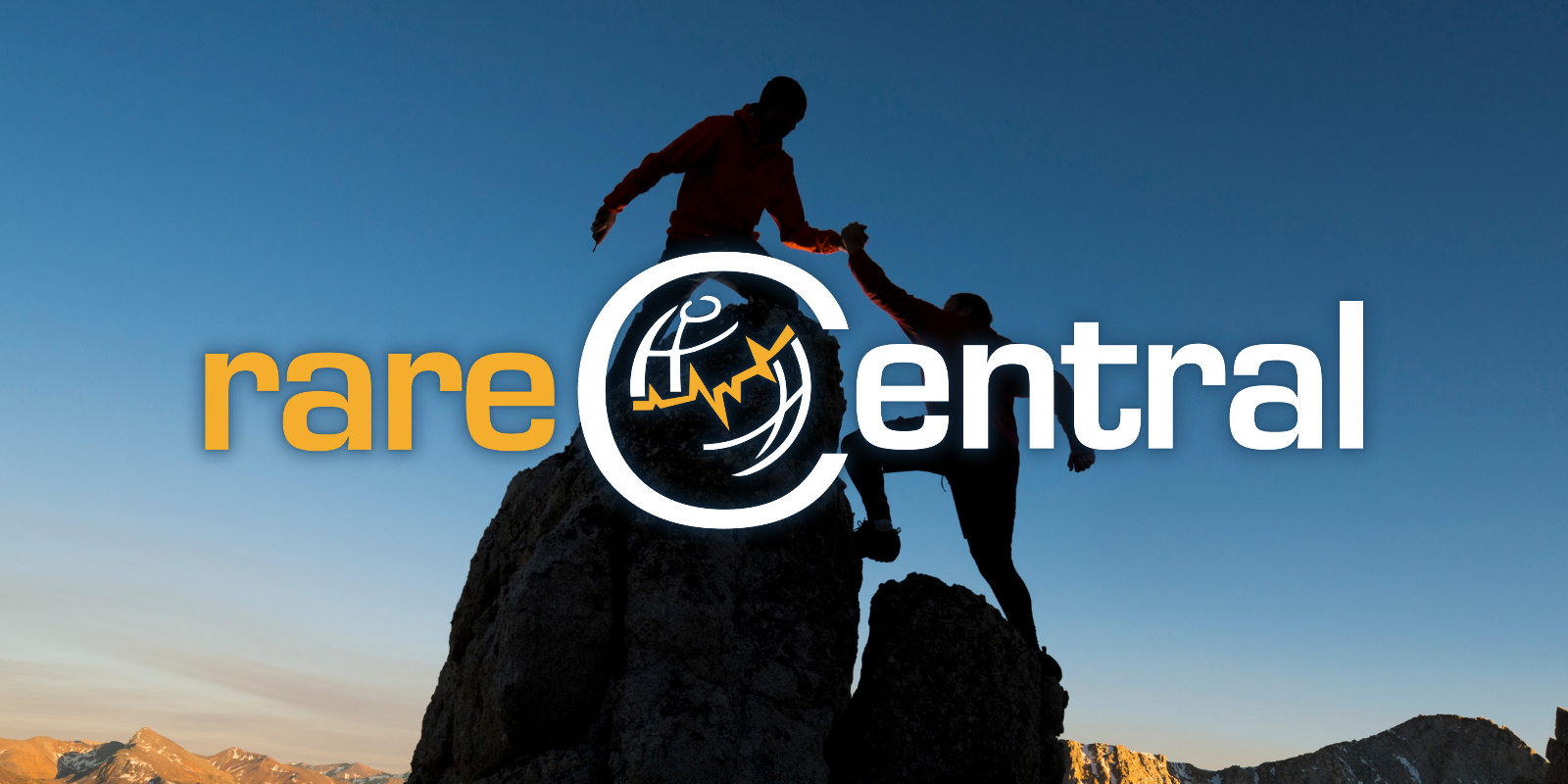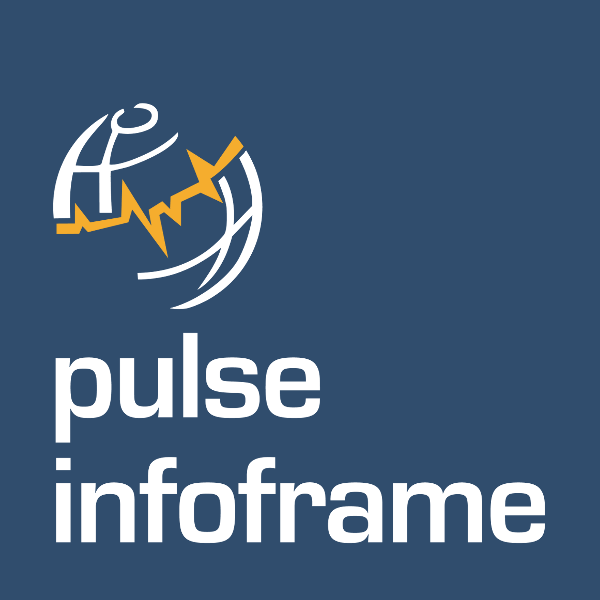Pulse Infoframe Releases Registry for Patient Advocacy Groups

Launching a rare disease patient registry often requires patient advocacy groups to design a registry themselves or pay for an expensive customized solution. With the launch of Rare Central™, Pulse Infoframe offers patient advocacy groups an on-ramp to collecting real-world data, including natural history data, disease-specific data, and patient-reported outcomes. As a patient group’s needs grow and evolve over time, Rare Central’s three levels of entry offer partners the ability to scale data collection to support a wide range of research objectives as their needs become more complex.
Dr. Femida Gwadry-Sridhar, CEO of Pulse Infoframe, says, “Patient groups are experts in their disease and are at the forefront of grassroots operations. They’re best placed to co-design evidence generation solutions that are meaningful to their communities.”
Rare Central was purpose-built for patients and patient advocacy groups. It provides a cost-effective, real-world data collection solution for patient groups looking to accelerate global research into therapeutic treatments for rare diseases.
Collaboration: The Foundation of Rare Central
Alongside its support for research carried out by patients, advocacy groups, pharmaceutical companies, and academic medical centers, Rare Central also enables scientists and researchers to study deidentified data across a family of diseases with the appropriate governance structure and data sharing in place. By leveraging a shared data infrastructure, Rare Central gives researchers data that can be used to advance treatment options within and across therapeutic classes.
Because of the financial and time constraints smaller advocacy groups face when trying to establish registries, they are often excluded from the larger research picture. This makes it difficult to compete with other organizations who are campaigning for researchers and funders to help them discover life-changing treatments.
Rare Central aims to change that, because it can connect patients around the world.
“This makes it a viable option even for smaller patient groups who represent some of the rarest diseases in the world and have been historically unable to commit to a registry,” says Gwadry-Sridhar. “And as the needs of these small groups change, Rare Central is designed to change with them.”
How Rare Central Works
Rare Central is split into three tiers patient advocacy groups can move between at a pace that suits them. This allows organizations with little knowledge of registries to begin collecting quality, regulatory-grade, real-world data at a pace they can manage and then grow as they learn and as resources become available to them, without moving to a new platform.
The Starter tier is perfect for groups beginning their registry journey. It helps establish an initial patient registry on a limited budget, including a contact database, diagnostic information, quality of life surveys. It can help administrators monitor recruitment progress, and patients can track how they are doing.
The Accelerated tier is ideal for organizations supporting a broader set of patient-reported and disease-specific variables, including natural history data. Researchers can use additional tools, such as pre-defined reporting and demographic query functionality, to dive deeper into the rea-world data they have collected via Rare Central Accelerated.
The Advanced tier supports organizations with a need to combine patient-reported data with data entered by clinicians. With a broader set of variables Rare Central Advanced supports multi-site and disease-specific patient registries and natural history data. Researchers can use the information to help better target drug development and to support clinical trials.
A Decade of Experience
Gwadry-Sridhar founded Pulse Infoframe to fill a research gap that neglected millions: an inability to collect standardized, useful real-world evidence in rare disease, cancer, and chronic condition populations. Since 2011, the company has been designing solutions that accelerate rare disease research and create lasting inter-sector partnerships across the globe.
To date, Pulse Infoframe has supported the launch of 70+ registry sites and data hubs, covering more than 25 diseases, working with 10+ industry partners, and supporting the writing of 220 peer-reviewed publications.
Collecting sensitive medical data requires a platform that follows stringent regulatory guidelines. Pulse Infoframe’s solutions comply with all necessary regulations so patient advocacy groups can collect patient data securely, no matter where in the world the patients live.
Patient Advocacy Groups Have a Partner with Pulse Infoframe
Education and support are needed to make disease registries successful. When patient groups work with Pulse Infoframe, they have access to in-house experts who specialize in these areas:
- evidence strategy and analytics
- patient insights and engagement
- patient-reported outcomes
- language services
- strategic regulatory services
- pharmacovigilance
- risk management
In other words, Pulse Infoframe provides patient groups’ registries the best chance of having real influence on research. Additionally, Rare Central addresses the needs of patients by providing an easy-to-use interface that simplifies the data input process. This, which has benefits for patients with motor skill issues. Lastly, and the patient dashboard allows them patients to track their condition over time.
Rare Central Also Benefits Researchers and Sponsors
For medical facilities and researchers, working with groups using Rare Central brings with it the ability to develop biomarkers and endpoints such as treatment effectiveness and symptomatic events. In addition, researchers can develop evidence to support further research and publications.
Rare Central also benefits sponsors and the wider pharmaceutical industry. For example, it can help increase recruitment for clinical trials, support identification of molecular compounds, and allow sponsors to leverage natural history as comparator arms for platform trials. Pulse Infoframe’s expert in-house teams will also provide additional support with marketing and public relations.
A Special Program for Patient Advocacy Groups and Foundations
Pulse Infoframe is currently seeking to partner with an initial group of patient advocacy groups and research foundations. The early adopters participating in the Rare Central Pioneer Program will receive waived or discounted fees for the first year along with training and support from Pulse Infoframe’s in-house experts. During this year, each group can begin building a portfolio of evidence that can attract new stakeholders and funders to support expansion.
In 2021, Pulse Infoframe heads into its second decade with a focus on expanding their real-world data collection efforts in 20 rare diseases, across four rare disease families. For more information on Rare Central and Pulse Infoframe, visit www.pulseinfoframe.com or email contact@pulseinfoframe.com.












